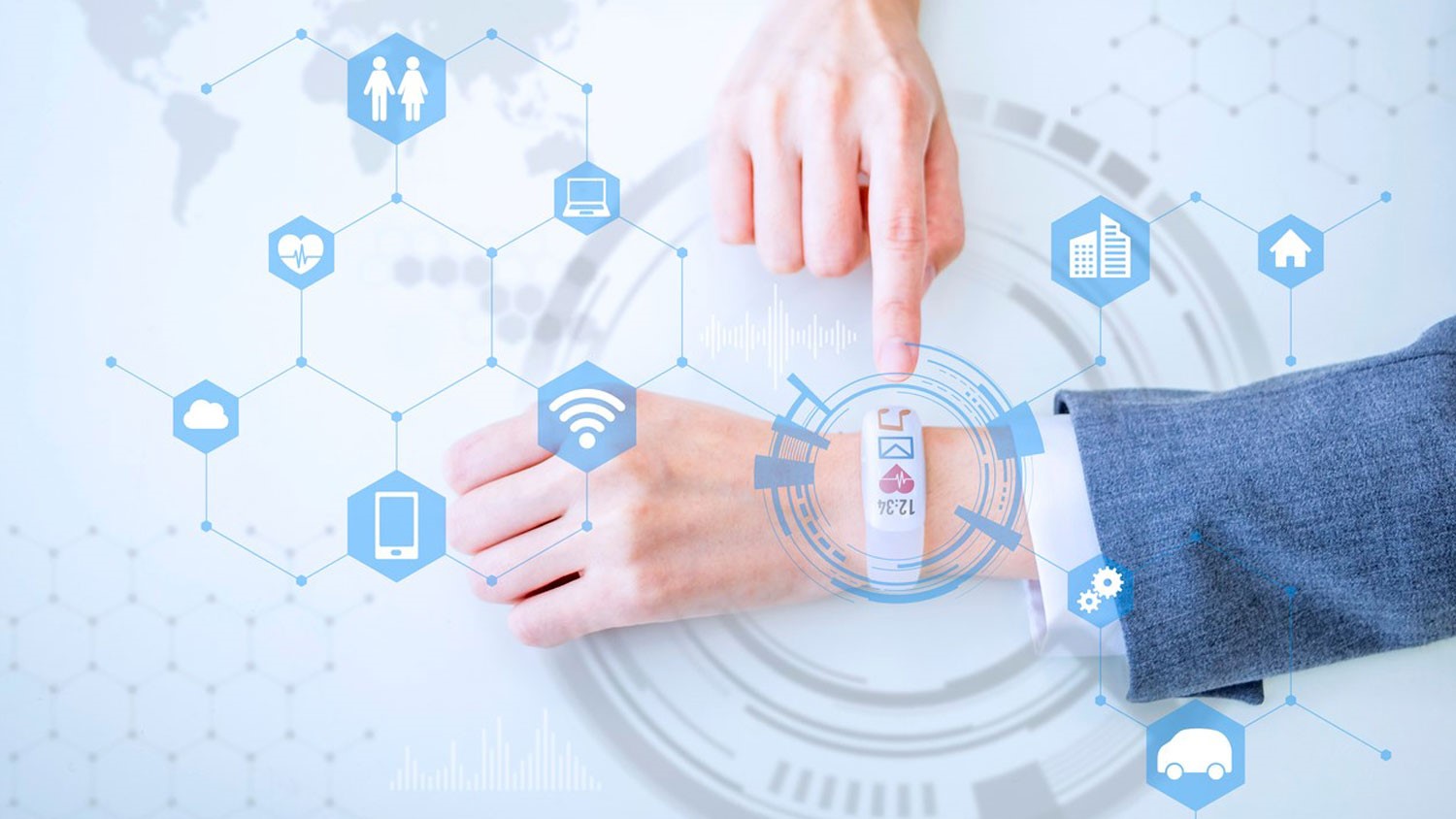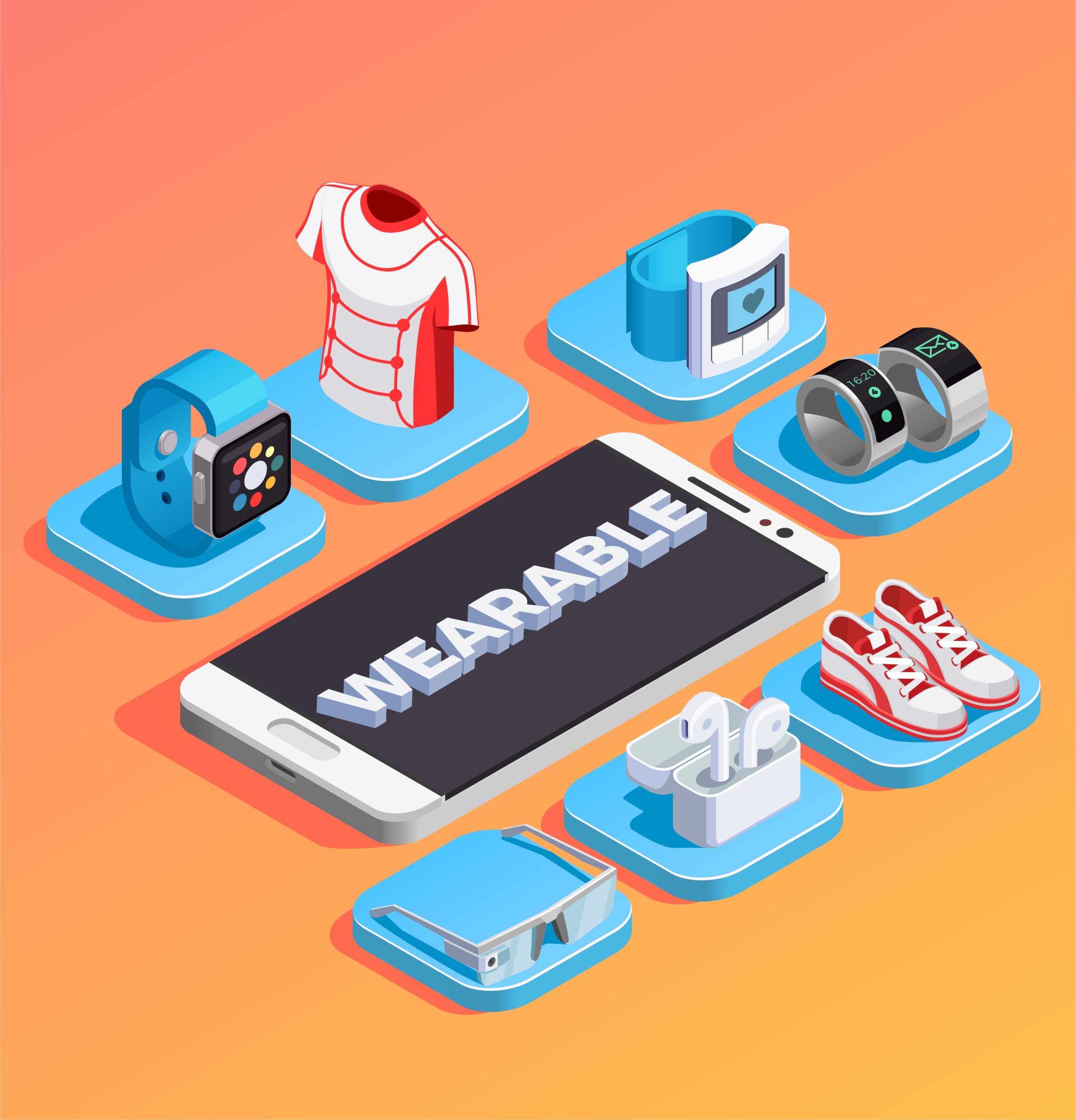Wearable health tech has rapidly evolved from simple fitness trackers to sophisticated devices capable of monitoring a range of health metrics. As technology continues to advance, the future of wearable health tech promises to be even more transformative. This article explores the current trends and innovations shaping the future of this exciting field.
The Evolution of Wearable Health Tech
Wearable health tech began with basic pedometers and heart rate monitors. Today, devices like smartwatches and fitness bands offer a plethora of functionalities, including sleep tracking, blood oxygen level monitoring, and even electrocardiograms (ECGs). These advancements have been driven by improvements in sensor technology, data analytics, and connectivity.
Key Trends Shaping the Future
1. Integration with Artificial Intelligence (AI) and Machine Learning (ML)
One of the most significant trends in wearable health tech is the integration of AI and ML. These technologies enable devices to not only collect data but also analyze it in real-time. This allows for more accurate and personalized health insights. For instance, AI algorithms can detect irregular heart rhythms or predict potential health issues before they become serious, enabling timely interventions.
2. Advanced Biosensors
The development of advanced biosensors is another critical trend. These sensors can measure a wide range of biomarkers, including glucose levels, hydration status, and even stress hormones. Continuous glucose monitors (CGMs) for diabetic patients are a prime example of how advanced biosensors are making a significant impact. Future devices may include sensors capable of non-invasive blood tests, offering a painless and convenient way to monitor health.
3. Remote Patient Monitoring
Remote patient monitoring (RPM) has gained traction, especially in the wake of the COVID-19 pandemic. Wearable health tech plays a crucial role in RPM by providing continuous health data to healthcare providers. This enables remote diagnosis and treatment, reducing the need for in-person visits. RPM is particularly beneficial for managing chronic conditions such as hypertension, diabetes, and heart disease.

4. Personalized Health and Wellness
Wearable health tech is increasingly moving towards personalized health and wellness solutions. By leveraging AI and data analytics, these devices can offer tailored recommendations for diet, exercise, and lifestyle changes. Personalized insights can motivate users to adopt healthier habits, ultimately improving their overall well-being.
5. Integration with Other Health Systems
Interoperability is becoming a key focus in wearable health tech. Devices are being designed to integrate seamlessly with electronic health records (EHRs) and other healthcare systems. This ensures that health data collected by wearables is easily accessible to healthcare providers, facilitating better-informed clinical decisions. Integration also enables a more holistic view of a patient’s health, combining data from multiple sources for comprehensive care.
6. Enhanced User Experience
User experience is a critical factor in the adoption of wearable health tech. Manufacturers are focusing on making devices more comfortable, stylish, and user-friendly. Innovations in materials and design are leading to wearables that are lightweight, durable, and aesthetically pleasing. Additionally, intuitive interfaces and seamless connectivity with smartphones and other devices enhance the overall user experience.
Picture by: Yandex.com
Innovations on the Horizon
1. Smart Clothing
Smart clothing is an emerging innovation in wearable health tech. These garments are embedded with sensors that can monitor various health metrics, such as heart rate, respiratory rate, and muscle activity. Smart clothing offers a more discreet and comfortable way to track health data, making it ideal for long-term monitoring. Applications range from fitness and sports performance to chronic disease management and elderly care.
2. Wearable Patches
Wearable patches are another promising innovation. These small, adhesive devices can continuously monitor health metrics and deliver medications transdermally. For example, a wearable patch could monitor glucose levels and administer insulin as needed, providing a convenient solution for diabetic patients. Research is also underway to develop patches that can monitor other biomarkers and deliver a variety of medications.
3. Augmented Reality (AR) and Virtual Reality (VR)
AR and VR technologies are finding their way into wearable health tech. AR glasses can provide real-time health data overlays, while VR headsets can be used for pain management, physical therapy, and mental health treatments. These technologies offer immersive experiences that can enhance patient engagement and improve health outcomes.

4. Implantable Devices
While not strictly wearable, implantable devices represent a significant advancement in health tech. These devices can monitor health metrics from within the body, offering unparalleled accuracy and reliability. For instance, implantable cardiac monitors can continuously track heart function and alert healthcare providers to any abnormalities. As technology advances, implantable devices may become more common, offering new possibilities for health monitoring and treatment.
5. Energy Harvesting Technologies
Battery life is a common limitation of wearable health tech. Energy harvesting technologies aim to address this issue by generating power from the user’s body movements or environmental sources. For example, kinetic energy harvesters can convert motion into electrical energy, while solar cells can capture sunlight to power devices. These innovations could lead to wearables that require less frequent charging, enhancing convenience and usability.
Challenges and Considerations
While the future of wearable health tech is promising, several challenges must be addressed. Data privacy and security are paramount, as wearables collect sensitive health information. Ensuring that this data is protected from breaches and misuse is crucial. Additionally, the accuracy and reliability of wearable devices must be continuously improved to ensure they provide meaningful health insights.
Regulatory approval is another consideration. Wearable health tech often falls under the purview of medical device regulations, which can vary by region. Ensuring compliance with these regulations is essential for bringing new devices to market.
Finally, accessibility and affordability are important factors. To realize the full potential of wearable health tech, these devices must be accessible to a broad range of users, including those in underserved communities.
Conclusion
The future of wearable health tech is bright, with numerous trends and innovations poised to transform healthcare. From AI integration and advanced biosensors to smart clothing and energy harvesting technologies, wearable devices are becoming more sophisticated and capable. These advancements promise to improve health monitoring, enhance personalized care, and ultimately lead to better health outcomes. As the field continues to evolve, wearable health tech will play an increasingly important role in our daily lives, empowering individuals to take control of their health and well-being.












